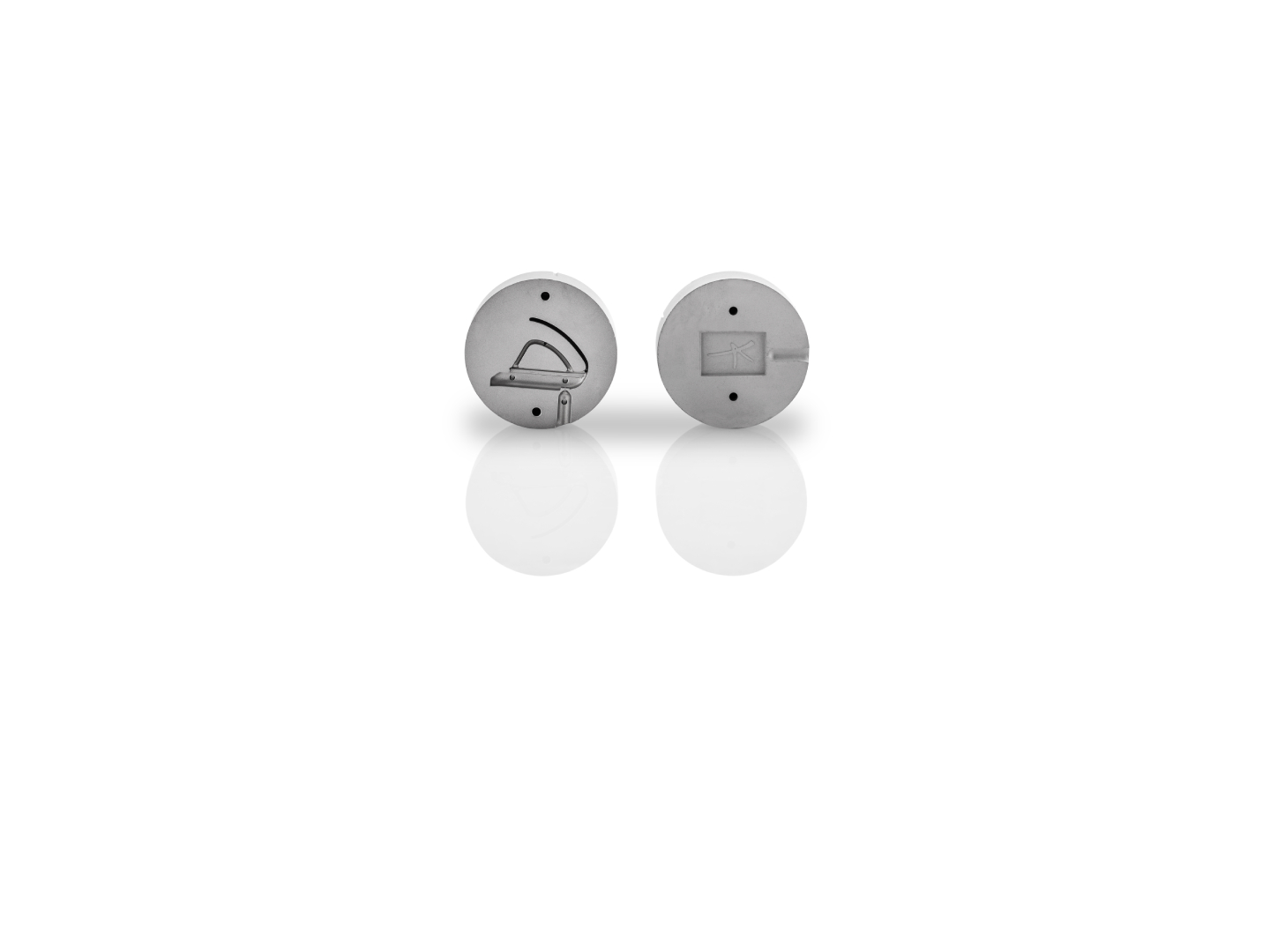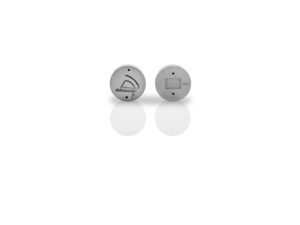Taking care of mold cleaning periodically is essential to ensure the production of smooth and uniform molded parts. Delaying this process, in fact, can slowly undermine the quality of the output and lead to small defects and wear that will slowly become more and more apparent if left unmanaged.
For this reason, it is important to plan in advance when and how to clean molds so that uniformity and precise quality standards are always guaranteed.
But how to ensure uniform mold cleaning without spending excessive time and resources?
In the past, the most widely used method of mold cleaning was definitely manual cleaning. As can be easily guessed, this technique involved a great expenditure of resources and time, in addition to the fact that it does not ensure 100 percent cleanliness of the product.
Aside from manual cleaning, two other main techniques were often employed to remove residues from molds:
Use of fine-grained abrasive cloths, which are very time and energy consuming; not to mention the great difficulty of this technique in reaching internal surfaces or cleaning parts with small dimensions.
Use of acidic chemicals, which often corrode the treated mold and, in addition, generate the problem of disposal of toxic and polluting chemical residues (a dangerous and certainly not economical procedure).
Therefore, with the arrival of new technologies and the need for increasingly precise processing, new techniques have arisen.
First and foremost is mold cleaning by sandblasting
As opposed to classic machining, in fact, sandblasting allows molds to be cleaned significantly faster, while keeping costs down and-most importantly-ensuring homogeneous and safe cleaning.
How does mold cleaning by sandblasting work?
The main thing to consider before performing any operation on a mold is to avoid making any kind of modification to it. In fact, it is important that the mold retains its original shape to safeguard the uniformity of the parts produced.
Sandblasting ensures just that.
Thanks to the use of strong but delicate materials shot at very high speed, the mold returns as good as new, in its original clean state.
Doesn’t sandblasting risk ruining the mold?
Absolutely not. In fact, depending on the material with which the mold is made and the type of residue to be removed, the material with which to shoot the blasting media and the power of the shot is chosen.
From glass beads to ureic melamine plastic granules: there are many materials available, and each is suitable for specific processes.
By combining, therefore, the type of material with the precision and speed of the jet, it is possible to achieve a professional and completely safe result.
Thus, whatever type of residue needs to be removed, it is possible to perform the cleaning flawlessly, without ruining the mold and reducing processing time.

